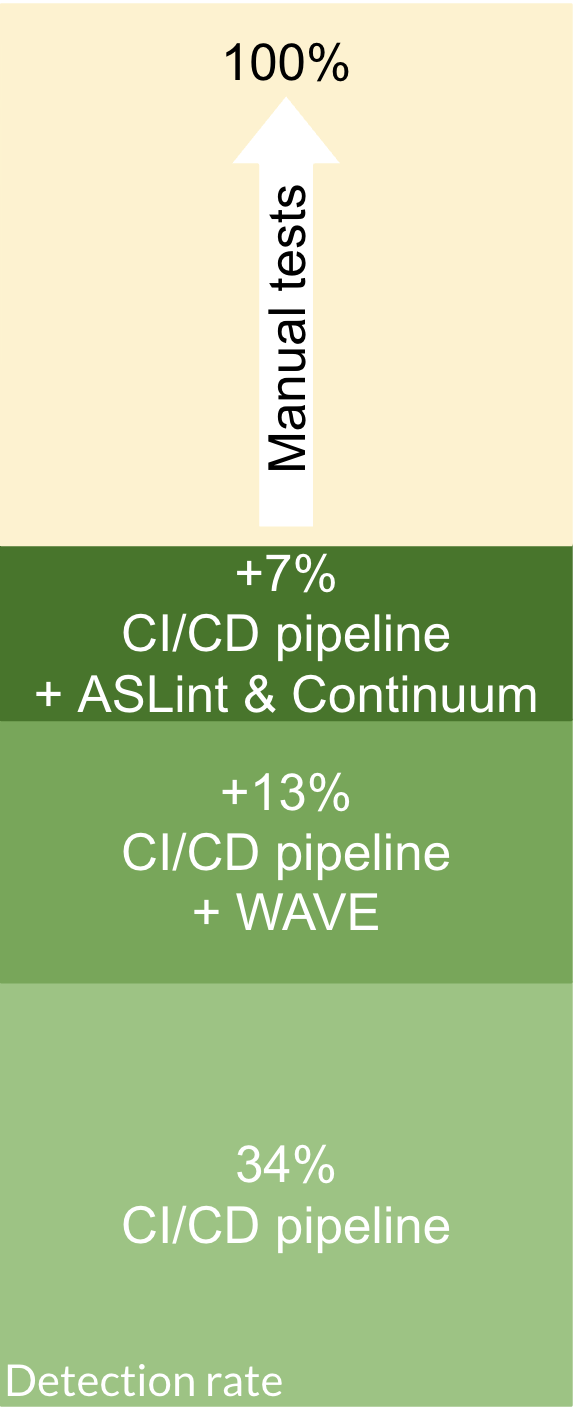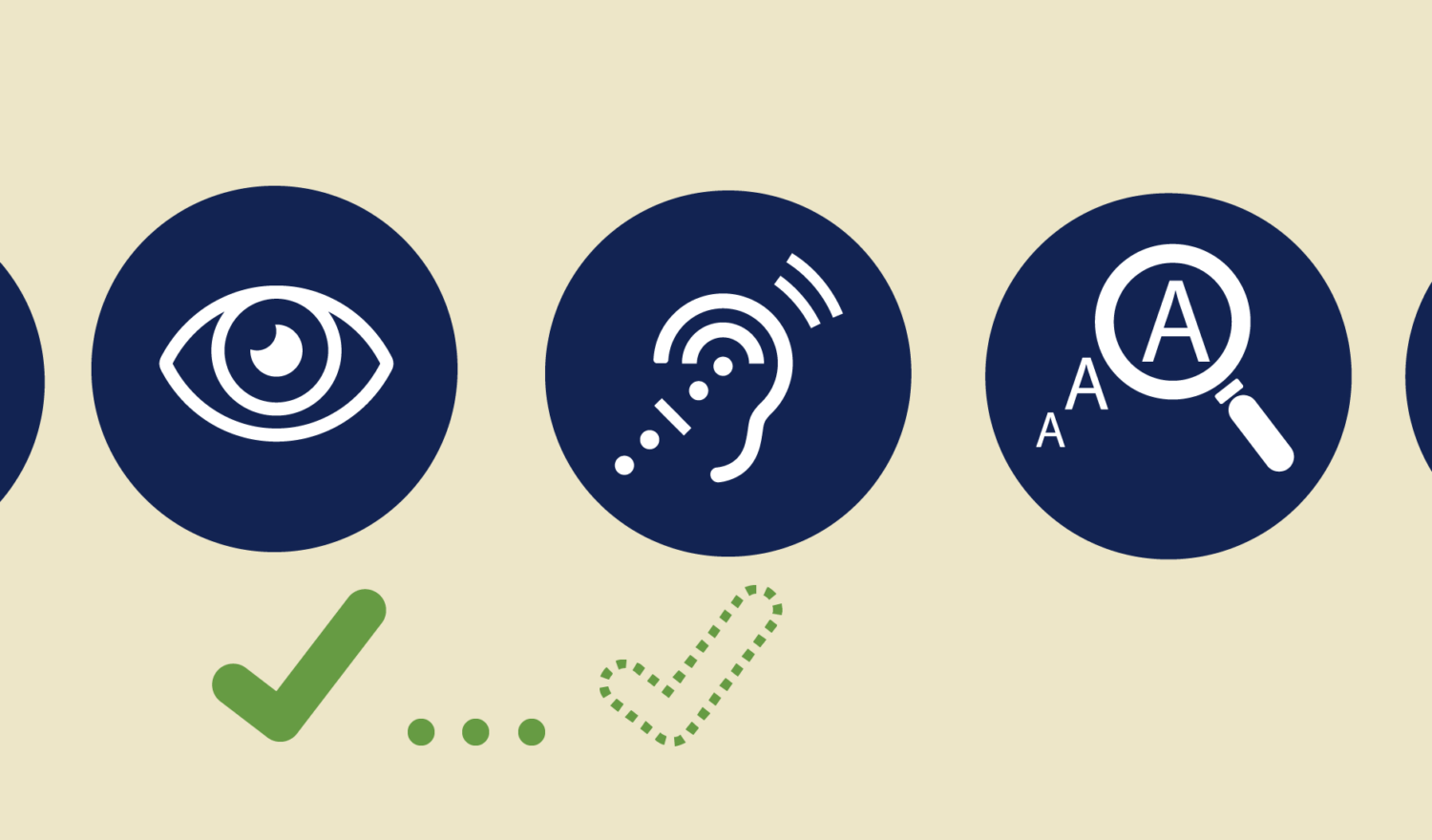This article takes a look on how accessibility toolchains have the potential to significantly increase web accessibility and identify the most common Web Content Accessibility Guideline (WCAG) violations with little implementation effort.
Web accessibility is becoming increasingly relevant
In addition to social motivation, the economic and technological benefits of implementing web accessibility measures are increasingly playing a decisive role:
Accessible pages are not only easier to maintain, but also perform better on search engines. But it is not just SEO that benefits. By providing a unique selling point, accessibility measures help the entire company position itself better economically and address a growing target group.
Meanwhile, even minor measures in the development process can help to break out of the current negative trend.
Tools to increase web accessibility
 The integration of accessibility testing tools into software development is a measure recommended by experts. It allows improving accessibility even by inexperienced developers.
The integration of accessibility testing tools into software development is a measure recommended by experts. It allows improving accessibility even by inexperienced developers.
However, a comparative analysis of different test tools revealed tremendous differences in their detection rate. In addition, in a constructed test system in which violations were intentionally implemented, even the best accessibility test tool, the WAVE evaluation eTool, was only able to detect 39 % of all placed violations.
Toolchains to maximize web accessibility
To maximize web accessibility, it is advised to use toolchains that can be adapted to the needs of the development project:
In the minimal approach, checks are triggered automatically in a CI/CD pipeline. Pa11y and ESLint tools are recommended for this purpose. This approach is characterized by its guaranteed execution and its lower effort. However, it offers these advantages with a relatively low detection rate (34 %), which is still below that of the WAVE evaluation tool.
By supplementing the minimal approach with the additional use of the WAVE evaluation tool, the detection rate can be significantly increased to 47 %.
If the project warrants increased effort, the detection rate can be increased again. The additional use of two browser-based accessibility test tools to the minimal approach achieves effectiveness of up to 54 %. The combination of the ASLintof ASLint testing tool and Continuum Explorer Pro is recommended here.
Limits of detectability by tools
A further increase is only possible through manual testing methods. In doing so, attention should be paid especially to violations that are not detected by tools:
- Syntactically correct implementation with insufficient quality of content;
- Neglect of a text alternative in case of graphic encoding of additional information;
- Violations within graphical elements and pictorial content;
- Ignoring semantic HTML5 elements and misappropriation of HTML elements;
- Visibility or recognizability of text in terms of size and presentation in containers;
- Scripted customization of the default behavior of HTML elements.
Fixing the most common violations
While toolchains cannot bring about conformance with WCAG 2.1 Level AA, they are certainly capable of identifying the main causes of violations.
Looking ahead, the low effort required to integrate toolchains, coupled with their significant potential to increase web accessibility, justifies their integration into any professional web development.



